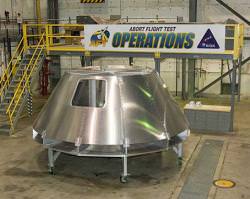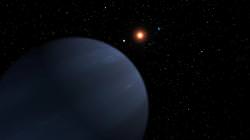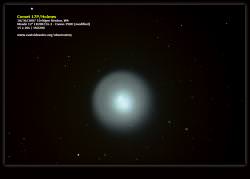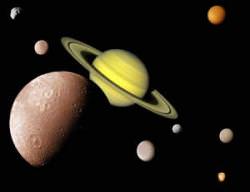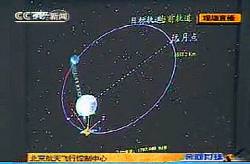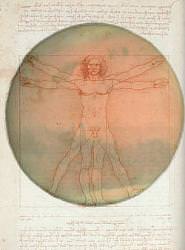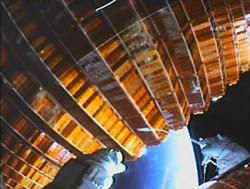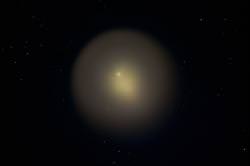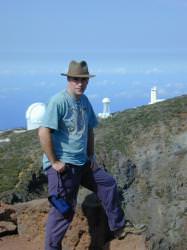I know it seems like we’ve had the space shuttle forever, and will have it forever, but the program will actually be shut down in just a few short years. What comes next? The Constellation program will continue the US human spaceflight efforts, eventually bringing people back to the Moon. As part of the program, workers at NASA unveiled a mockup of the Orion crew module.
The lifesize Orion crew module was build by engineers at NASA’s Dryden Flight Research Center’s Fabrication Branch. No, this aluminum mockup won’t actually be flying. It won’t even be used for aerodynamic testing. It’s just going to help engineers figure out how to cram everything in.
As the engineers are developing the various avionics systems, instrumentation, wire harness routing, etc, they’ll want a life-size mockup of the module to test how things fit together. Eventually, you can imagine future astronauts crawling inside, and giving engineers their feedback on the placement of the instrumentation, the feel of the controls, and cushiness of the seats.
This mockup will help engineers until the first abort flight test vehicle, called “Boilerplate 1” arrives for testing. This next testing vehicle is a flying simulator that will mimic the flight characteristics of the actual vehicle. Boilerplate 1 will have the same mass, dimensions, and aerodynamic properties of the Orion capsule, so it can be tested in wind tunnels and atop rockets.
NASA is planning two pad abort, and four ascent tests of the launch abort system as early as 2008, and continuing on through 2011.
So, don’t worry, the age of the space shuttle is almost over, and the age of the Constellation program is almost here. Look out Moon, here we come.
Original Source: NASA Dryden News Release

